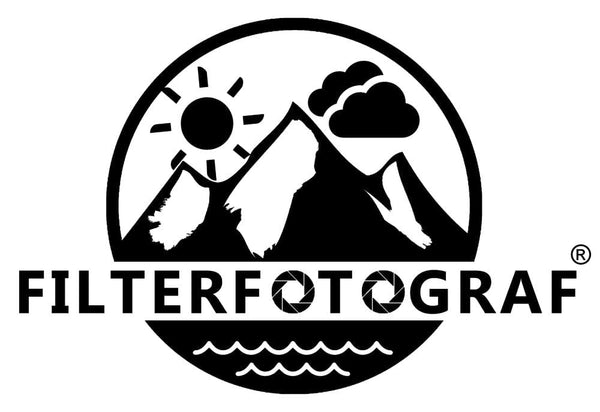GND + CPL Filter: Using graduated filters and polarizing filters in combination - FILTERFOTOGRAF®
The combination of a GND (Graduated Neutral Density) filter and a CPL (Circular Polarizer) filter is one of the most effective tools in landscape photography. It allows you to control the lighting conditions in the sky while simultaneously enhancing reflections and color nuances – all without Photoshop.

What does a GND filter do?
A GND filter has a soft or hard gradient from dark to clear and helps balance strong differences in brightness—for example, between sky and ground. This allows for perfect exposure of sunsets, cloud structures, or high-contrast scenes without the sky burning out.
What does a CPL filter do?
A CPL filter reduces reflections on water, glass, or shiny surfaces and increases color saturation. Grass appears richer, skies more intense, water clearer— natural color reproduction is visibly improved.
Why the combination is so effective
- ✅ Balanced sky + detailed landscape in one image
- ✅ Control over lights AND reflections
- ✅ Ideal for water landscapes with sky or mountain scenes with fog
Application in practice
The filters are used together in the FILTERFOTOGRAF® LC-PRO 100 filter system :
- First, mount the CPL filter magnetically in the holder
- Then insert the appropriate GND filter (Soft, Hard, Reverse, Center)
- Rotate the CPL using the side dial – independent of the GND
- Adjust the GND to match the horizon line
Thanks to the modular design, you can even integrate an additional ND filter .
Recommended filters for the combination
- FILTERFOTOGRAF® Reverse GND 1.2
- FILTERFOTOGRAF® Soft GND 0.9
- FILTERFOTOGRAF® Magnetic CPL Filter
- FILTERFOTOGRAF® LC-PRO 100 filter holder
Conclusion
The GND + CPL combination is ideal for those who want to get the most out of their images with minimal effort. It allows you to control light and color simultaneously – right while shooting.
FILTERFOTOGRAF® – because every detail counts.
